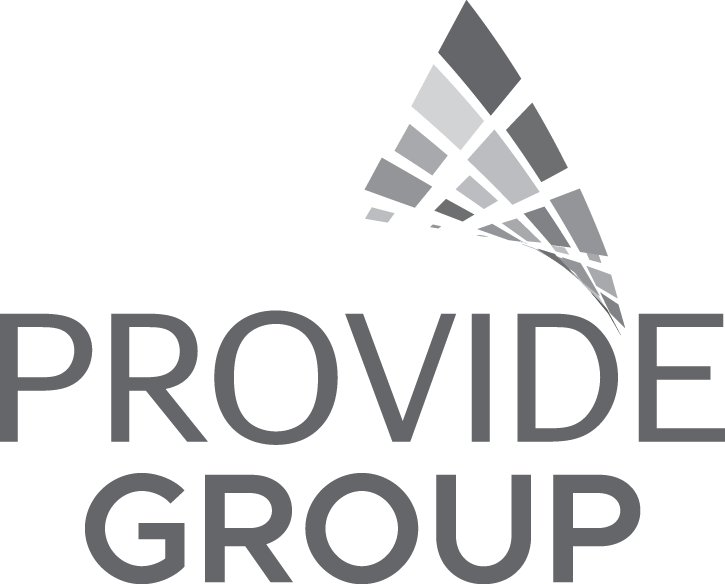The Ultimate Guide to Mobile Device Management
Workplace mobile phones, laptops and tablets are now viewed as a necessity to conducting business. However, while these devices can operate as powerful tools and useful assets for an organisation, when improperly managed, it can cost a business significantly in terms of time and money.
In order to help companies, manage their workplace devices properly, understand the benefits, learn the risks of poor management and what the solutions available, here is an ultimate guide to mobile device management (MDM).
What is MDM?
Put simply, MDM refers to any software and accompanying solution that’s installed onto a device that an employee uses for work. This software is designed to monitor, manage and control the device – ensuring it is being used in accordance with company policies and providing security to the device and an organisation’s data.
How does it work?
MDM works through a combination of over the air (OTA) software updates that provide access for a business’ IT department and MDM administrators to wirelessly manage data, supervise device activity, view hardware information, device status and location and make changes to device security such as setting up two-factor authentication.
MDM procedures for installing and monitoring applications differ depending on whether the device uses an Apple, Windows or Android OS.
What devices are covered?
Any company device can be covered and protected by MDM software, including mobile phones, tablets, laptops, mobile printers, mobile POS devices, IoT devices and ruggedised mobile computers. Of these devices, there are also differences on how they are classified and categorised, each of which will provide different benefits to a company depending on its size and structure. They are as follows:
- Bring your own device (BYOD)
This is a user’s personal mobile device that is updated with the company MDM software, as opposed to a device assigned by the company. While it is difficult to standardise the security across devices of different models which use different operating systems, this model is great for smaller businesses that might not be able to afford an extensive investment into hardware for their employees.
- Personally Owned, Corporate Enabled (POCE)
The personally owned, corporate enabled model is slightly different from the BYOD model in that the employee still owns the device, but your organisation is responsible for paying maintenance costs, managing the device and updating MDM software on the device. This option provides a greater level of security for the device than BYOD, given that the organisation pays for fees and costs like data allowances and bills, so the chance of being denied service for an event like a late payment is decreased. In many organisations, however, this can prove to be an unpopular option, as many employees feel uncomfortable about their company potentially intruding on their private life.
- Corporate Owned, Personally Enabled (COPE)
The more popular option amongst most companies is the corporate-owned, personally enabled model of managing devices. The organisation owns these devices, but still allows them for an employee’s personal use. The difference between these and POCE devices is that there is little ambiguity over which party owns the device, with the company holding complete control over what information is viewed, accessed and authority over when the data on a device may be deleted.
What are the benefits?
The benefits of MDM are expansive, providing greater safety and control over:
- The mobile device itself
- Data on a company device
- Data on the device’s applications
- Endpoint security
- The ability to track a lost device
- An ability to recover/ change PIN Code or password
- Remote wipe device
- Push various policies
- Ease of setting up new device and install various applications
- Device inventory
- Remote maintenance
What are the risks of leaving devices unmanaged?
The failure to manage these assets can leave devices and company data at risk of damage, deletion, or theft. Additionally, a compromised device can risk the integrity of a company’s security network, doing untold damage – potentially costing thousands of dollars and leading to significant office downtime.
What solutions are available?
There are a number of MDM solutions platforms available, often provided by a number of SaaS companies. We prefer to use Microsoft Intune, or an affordable solution called “Miradore”.
The tools you select to implement your MDM strategy should be done in a manner best suited to match your business model and the way your IT systems are configured.
If you have any questions about Mobile Device Management or what solutions are optimal for your business, get in contact with the team at Provide Technology today.
Image source: Shutterstock (421484062)

